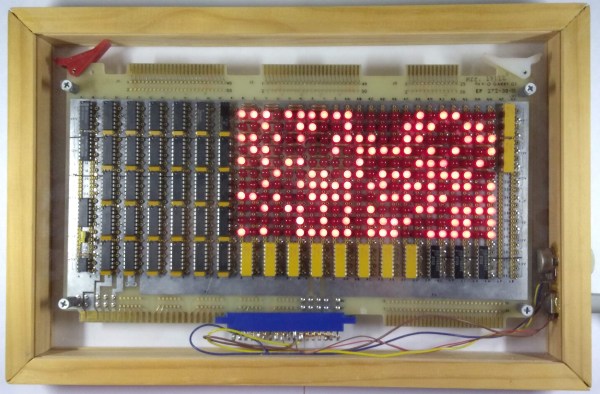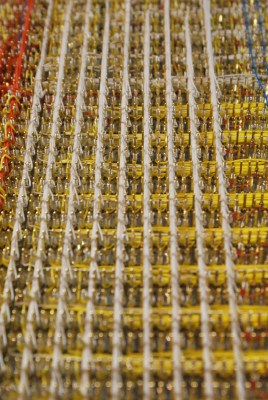The personal computers of today are economical with their employ of the humble LED. A modern laptop might have a power LED, and a hard drive indicator if you’re lucky. It was the mainframes of the ’60s and ’70s that adhered to the holy Doctrine of Blinken, flickering lamps with abandon to indicate machine activity to the skilled operators of yore. [Matseng] wanted to recreate this aesthetic, and went about it in an entirely analog fashion.
The project is built around an 8×8 LED grid, that was soldered up using a 3D printed jig for dimensional accuracy. Fitted to each column is a PNP flip flop that pulls the column to VCC, while each row has an NPN flip flop which pulls it to ground. Due to variances in component values and tolerances, the oscillators are all out of sync, leading to a remarkably pleasing blinkenlights effect.
We’re a big fan of the raw aesthetic, but [Matseng] has also fitted the grid with a diffuser which more clearly represents that vintage computer aesthetic. We’re a big fan of the blinken here, such as this loving recreation of the PDP-8/I. Video after the break. Continue reading “This Blinken Grid Is All Analog”

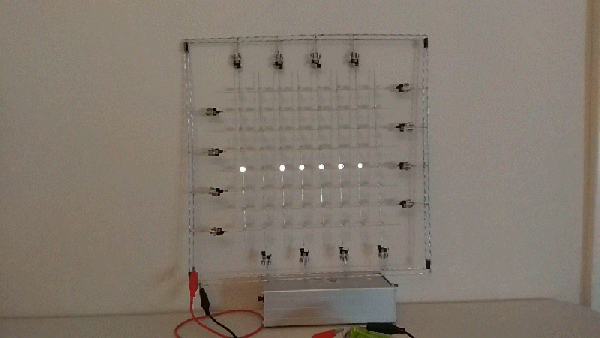

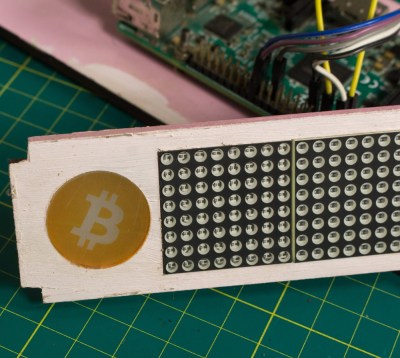

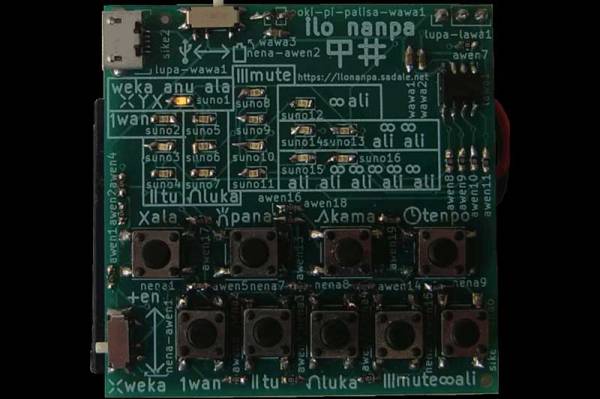

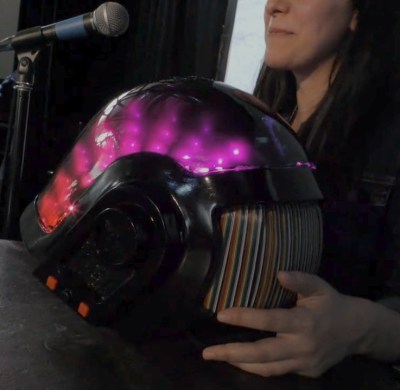 The three videos in her series are worth watching to see what she put herself through. Estefannie’s learning curve was considerable, and there were times when nothing seemed to work. The thermoforming was particularly troublesome — first too much heat, then not enough, then not enough vacuum (pretty common hurdles from other thermoforming projects we’ve seen). But the finished visor was nearly perfect, even if it took two attempts to tint.
The three videos in her series are worth watching to see what she put herself through. Estefannie’s learning curve was considerable, and there were times when nothing seemed to work. The thermoforming was particularly troublesome — first too much heat, then not enough, then not enough vacuum (pretty common hurdles from other thermoforming projects we’ve seen). But the finished visor was nearly perfect, even if it took two attempts to tint.